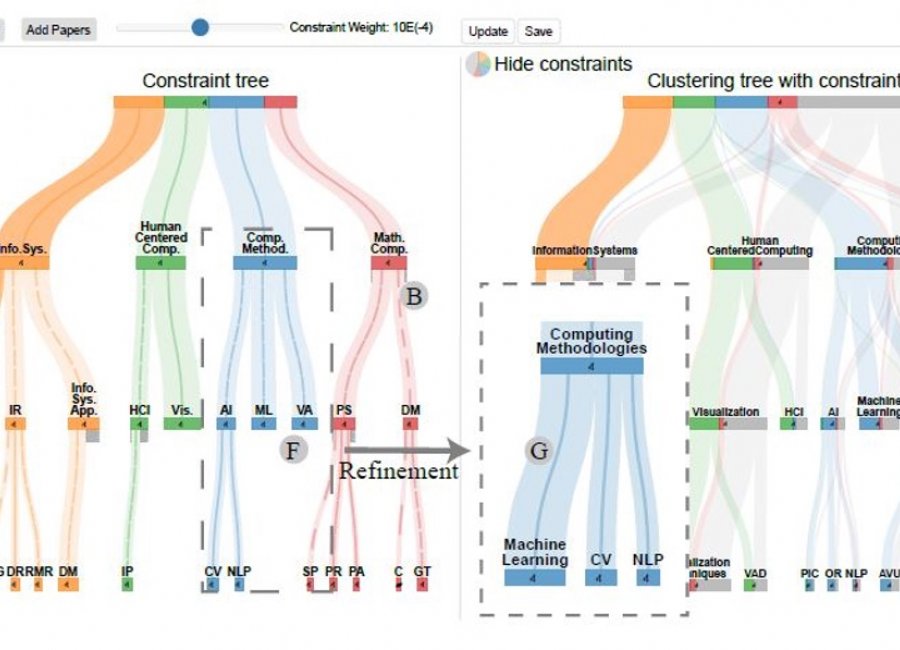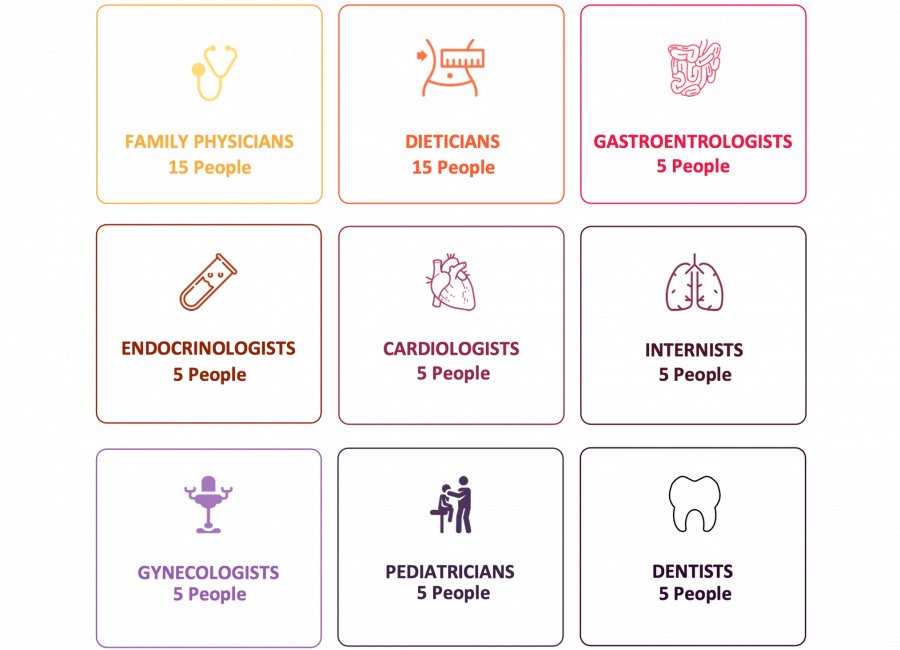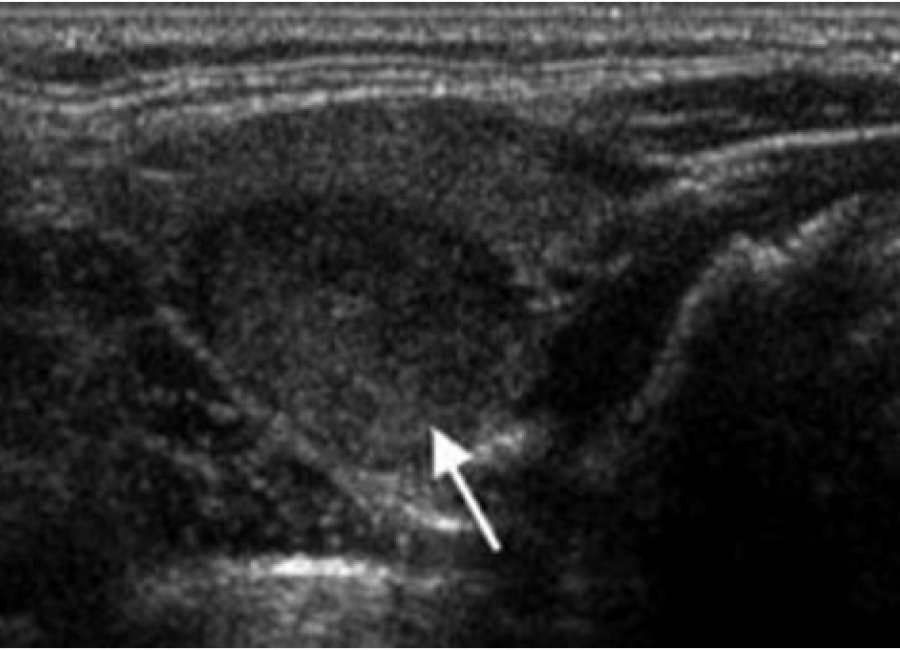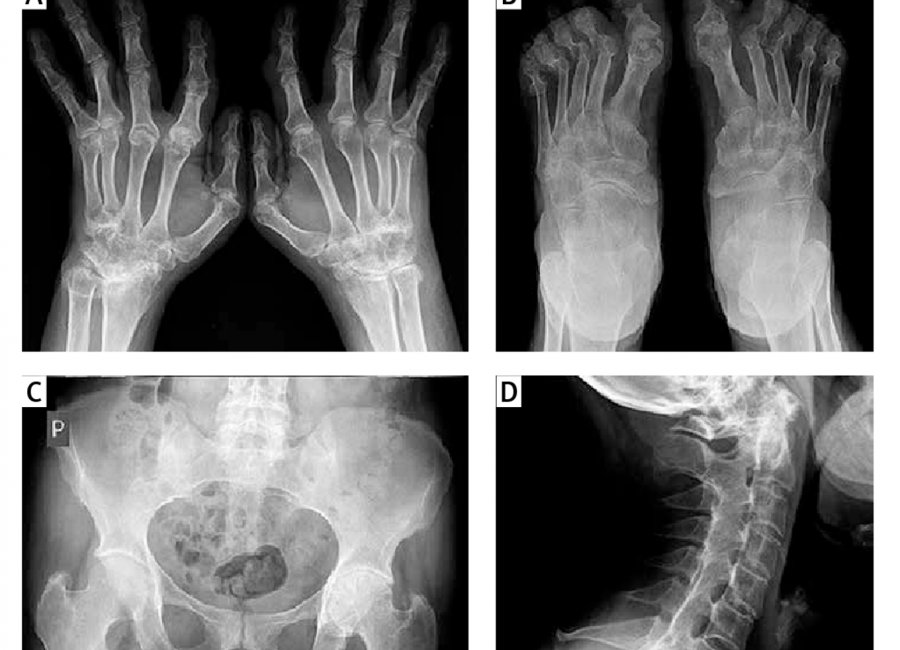Work

By conducting a retrospective analysis and comparing hospitals in a "cross-sectional" manner, trends identified and evaluated for individual hospitals and in comparison to others. The goal is for hospitals to align their outputs, such as e(service), with the profiles they possess. Additionally, the system aims to utilize data to establish an early warning system and develop metrics for monitoring hospital performance. By leveraging these tools, healthcare stakeholders gained valuable insights and proactively address any issues that may arise.

By the value contribution analysis, The Association of Research-Based Pharmaceutical Companies (AIFD) regularly demonstrates the collective efforts of its member companies and their commitment to improving healthcare outcomes, driving innovation, and positively impacting society.

The aim was to gather insights into the knowledge levels, attitudes, and behaviors of the health monitor groups concerning WHO’s 4 major global objectives on diet and physical activity. With "Knowledge - Attitude - Behavior" continuum (KAB) regarding these issues, it becomes possible to identify gaps in knowledge, address misconceptions, and develop targeted interventions to promote healthier choices and behaviors.

By leveraging machine learning techniques, AI models can learn from large datasets and identify patterns and features that are indicative of malignancy. These models then assign a malignancy risk score to the index case, providing valuable information for clinical decision-making. The integration of AI applications in the determination of malignancy risk scores enhances the precision and reliability of diagnoses, allowing for more targeted and effective management strategies for patients with thyroid nodules.

The objective of this study is to facilitate the early diagnosis of individuals affected by these musculoskeletal diseases, enabling prompt and effective treatment interventions. By implementing early detection strategies, the aim is to mitigate the impact of these conditions on the labor force and facilitate positive outcomes for affected individuals. By providing timely and targeted interventions, it is anticipated that the burden on the labor force can be minimized, ensuring individuals receive appropriate care and support while optimizing their ability to participate in the workforce.